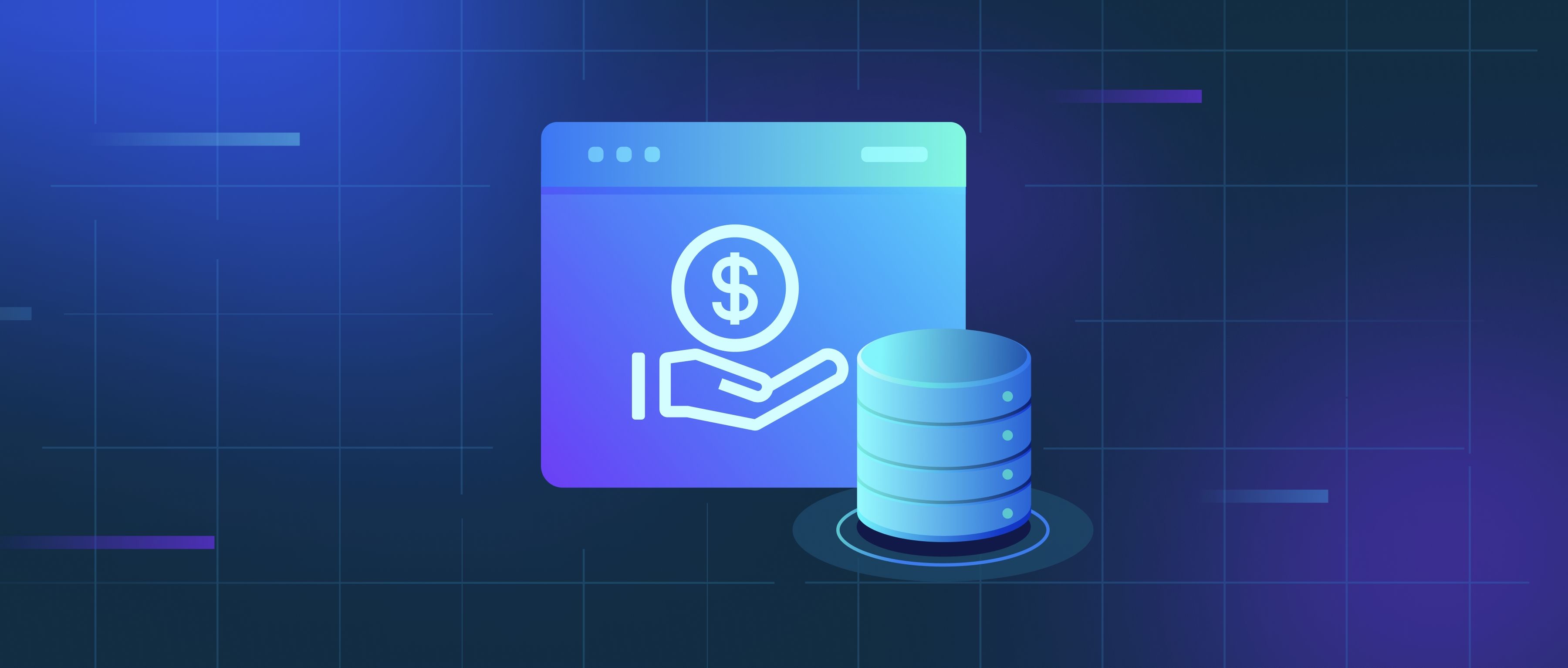To implement custom scoring or ranking using OpenAI's outputs, you first need to define the criteria that will govern your scoring system. This could be anything from the relevance of the output to a specific query to more qualitative measures such as clarity or creativity. For instance, if you are working with a chatbot, your scoring system might prioritize accuracy of information, user engagement, or the emotional tone of the response. Clearly defining these metrics will help you create a framework for evaluation.
Once you have defined your criteria, you can start gathering data on OpenAI’s outputs. This involves generating responses using the model for various queries or prompts relevant to your application. After obtaining the outputs, manually or programmatically assess them against your scoring criteria. For example, if relevance is one of your metrics, you can compare the output directly with a set of known correct answers and assign scores based on how well they match. You could use a simple numeric scale from 1 to 5 or even more complex scoring mechanisms based on the specific requirements of your application.
Finally, with the scores assigned, you can implement a ranking system. This could involve sorting the responses based on their total scores to highlight the best outputs. You might also want to integrate this scoring mechanism into your application’s decision-making workflow. For instance, if your application retrieves multiple outputs from OpenAI, it can automatically select the highest-ranked response to present to the user. Overall, the key steps involve defining your criteria, scoring outputs based on those criteria, and using the scores to rank and select the best outputs for your specific needs.
